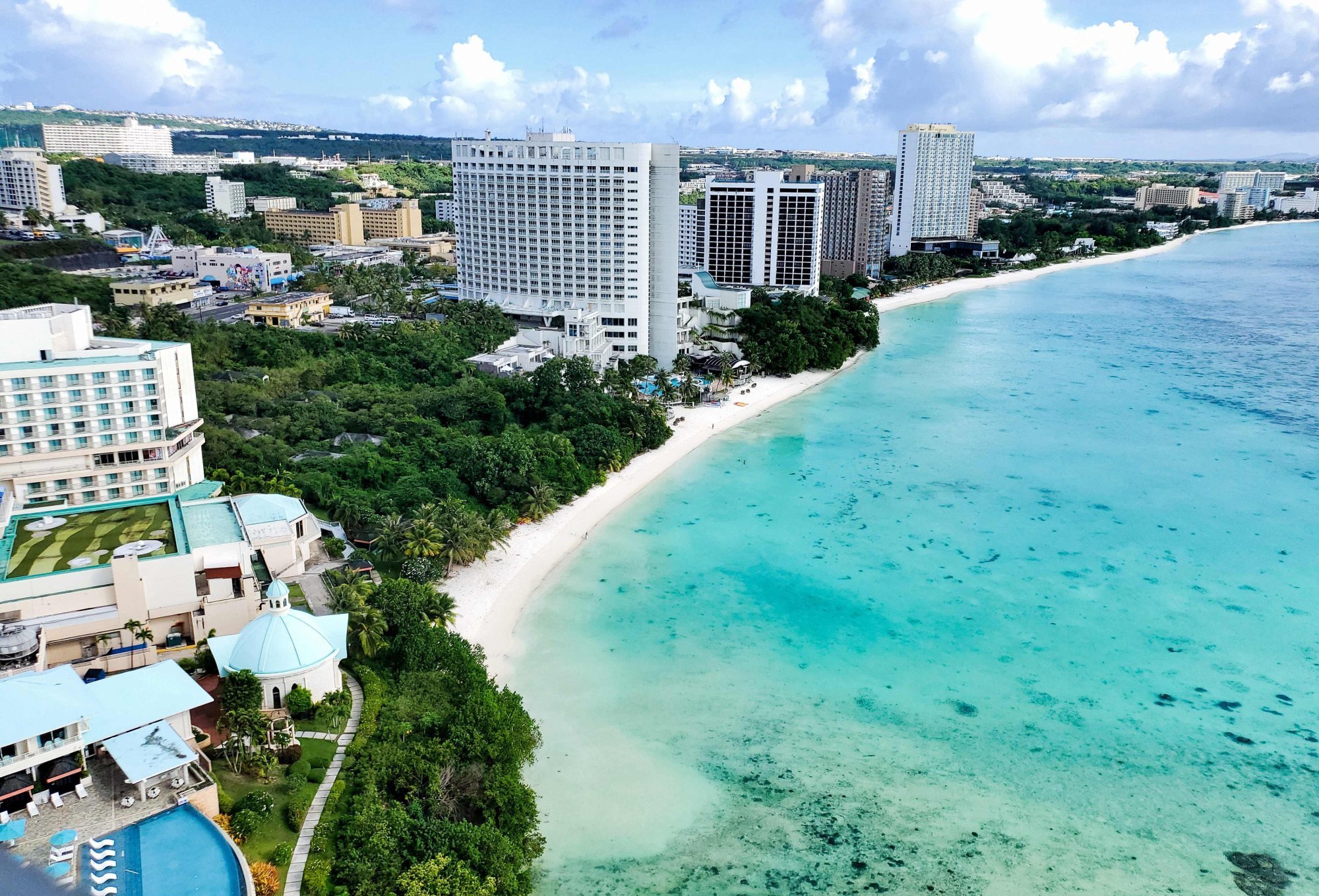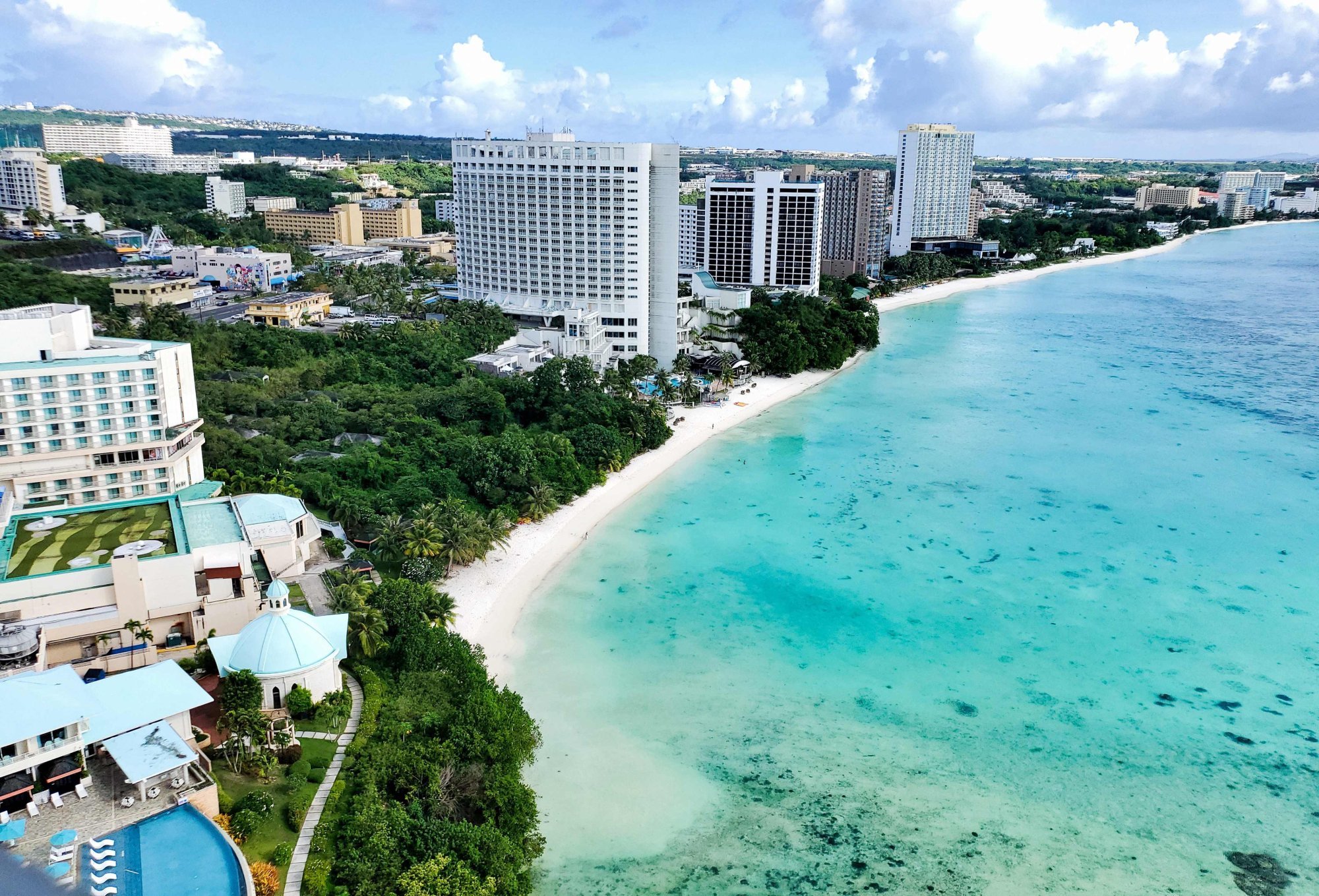
The Pentagon is asking Congress for some US$400 million to help defend the US territory, which would likely play a key role in any invasion of Taiwan. Guam is located about 1,800 miles (3,000km) from mainland China’s Fujian province.
“The ability to sustain Guam is essential,” he said.
Taiwan to stage offshore live-fire military drills after incidents in area
Taiwan to stage offshore live-fire military drills after incidents in area
The ambitious plan would give US military and regional allies a single “pane-of-glass” view of the battlefield to everyone ranging from enlisted soldiers on desolate islands to allied warships and commanders overseeing a conflict from thousands of miles away.
“We need to track it and then we need to shoot it,” Aquilino testified on Wednesday. “I don’t care what tracks it, I don’t care what shoots it, we just got to hit it.”
“They all have to come together to be able to execute at speed and there’s not a lot of time for decisions when you’re talking about intercontinental ballistic or ballistic missiles,” he added.

Officials also stressed, however, that avoiding conflict through deterrence was always preferred. China in the past three years added more than 400 fighter aircraft, 20 major warships and more than doubled its inventory of ballistic and cruise missiles, they said.
Conflict in the region “is neither imminent nor inevitable” and the Pentagon “is doing more than ever to keep it that way with the help of US allies and partners”, said Ely Ratner, US assistant secretary of defence for Indo-Pacific security affairs.
“We’re building on historic momentum with our allies and partners towards a regional force posture that is more mobile, distributed, resilient and lethal,” he added.
But James Moylan, Guam’s delegate to the US House of Representatives, cited some of the frustration of the island’s residents as its geographical location has attracted heightened Pentagon attention.
Chinese navy teams up with coastguard in rare joint missile exercise
Chinese navy teams up with coastguard in rare joint missile exercise
The US military is the largest consumer of power on the island but is exempt from the periodic electricity brownouts and blackouts, said Moylan, who is not authorised to vote in Congress.
Furthermore, some 40 per cent of shipments moving through the port are military cargo, yet the US military’s trucks are the only ones that do not have to comply with weight limits, leading to significant road damage.
“The military is the only organisation exempt in Guam,” the army veteran and former parole officer testified. “The people of Guam have come to a consensus that the federal government must contribute to the reconstruction of our infrastructure.”
Pentagon needs to become more nimble to counter China threat, US lawmakers told
Pentagon needs to become more nimble to counter China threat, US lawmakers told
“The administration has been moving to realign the budget towards the China challenge,” Ratner said.
“This year’s budget would invest US$2.3 billion more in Indo-Pacom than last year. That’s a nearly 20 per cent increase,” he added, referring to the US Indo-Pacific Command with its 380,000 American personnel.
Aquilino, who testified on Wednesday for his last time before retiring, described China as “a competitor with the United States today, tomorrow and in the future”.
“They’re not going away,” he said, adding: “All of it, the entire strategic approach by Indo-Pacom, is designed to prevent this conflict.”
EMEA Tribune is not involved in this news article, it is taken from our partners and or from the News Agencies. Copyright and Credit go to the News Agencies, email [email protected] Follow our WhatsApp verified Channel









